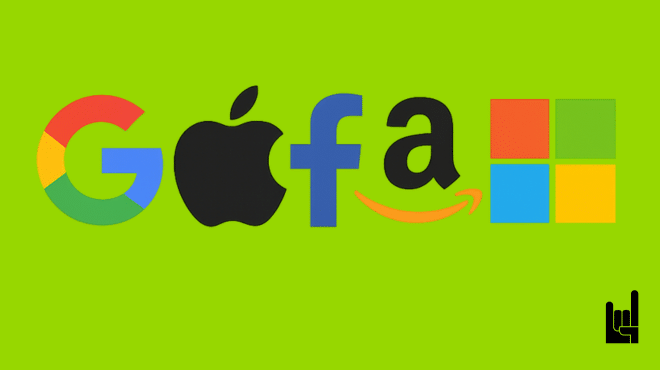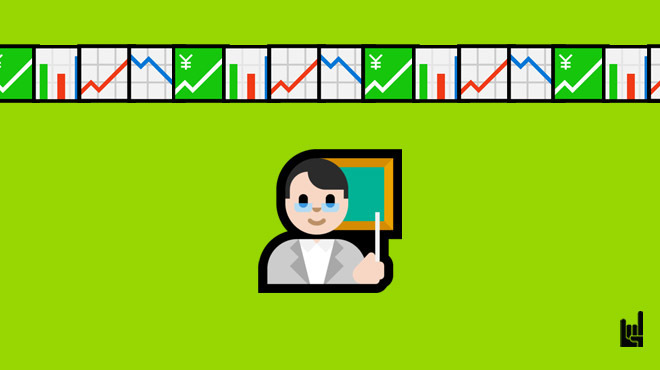Why Approaching B2B And B2C In A Different Way?
With all the recent interest in Snapchat (especially by marketers), I thought it would be a good time to discuss the differences between B2B and B2C marketing. Of course, B2B can include businesses targeting from small local businesses to enterprises. In this post, I will mainly refer to medium and big businesses.
By the way, regarding Snapchat, although everyone is telling us to be there, we must first think if it fits our long-term strategy. If we are a personal brand it might make sense to be there, but for a manufacturing company probably not so much. Also, if we are outgoing, it might drive business results, but if we are introverted it might backfire.
In my opinion, whenever someone talks about a marketing strategy or tactic, they should mention whether they refer to it for businesses in B2B or consumer ones.
Let’s see below some areas which B2B and B2C are fundamentally different.
Importance of PR
This is a big and popular one. Many B2B businesses want to get featured on authority publications like Entrepreneur, Inc and Forbes and it might make sense to do so. But, more often than not it’s for the wrong reasons.
For example, you might want to get featured in these publications, to put the “featured on” logos in your homepage to potentially increase your conversions. This might make sense and you will want to track their impact.
However, most businesses want to get featured there, because they are massive publications and think that appearing there will bring them significant traffic and leads. Well, it’s not that simple…
It matters a lot how you are mentioned in the article, in which article and if it’s perceived as a native advertising by the reader. On the other hand, being mentioned in an industry specific magazine, may not be cool to tell our friends, but might drive some good sales.
Being mentioned in an industry specific magazine,may not be cool enough,but might drive some good sales.#B2B Share on XNow, B2C businesses might still want to use the “featured on” logos, but for them getting featured on 5 massive publications can bring a flood of awareness and purchases (think Cosmopolitan, Men’s Health, etc).
Some of the reasons for that are the following:
- Almost always in these publications, the article is about the product, like a review/interview and rarely just a mention.
- Even if it’s just a mention, readers of those publications are easier to convert since it’s a much less expensive purchase and it’s harder for them to distinguish between a native ad and an article.
And that’s why for B2C it might make more sense to bet heavily on PR and get consistent mentions, whereas in B2B it might make more sense to invest in setting up a profitable PPC campaign.
And with that, let’s move on to PPC differences…
PPC
PPC (Pay Per Click) has the same principles for both B2B and B2C, but there are finer details that make them very different.
In B2B, most businesses pay a lot (in absolute numbers) to acquire a customer and that’s because they are usually looking at their customers’ LifeTime Value (LTV) which is significantly higher than the customers in B2C. Also, it takes longer to convert them than in B2C and tracking & attribution is more complicated.
The channels they are usually using are Adwords, a couple of B2B social media channels, verticals and industry channels.
On the other hand, B2C looks very different. First of all, they can’t afford spending big money per signup/purchase since their customers’ LTV is usually much lower. An interesting case study is that of Evernote.
In #B2C,you can't spend big money per signup/purchase since their customers' LTV is usually much lower. Share on XFor that reason, a B2C is much better off trying to find some clever ways to get sign ups, like creating a viral video like Dollar Shave Club, or buying highly targeted social media ads and focusing on one big channel, like Pinterest promoting pins with your physical product.
An interesting case though is that of games. Most successful online games (mainly games played online on our browsers) have been heavily relying on affiliates to drive signups. So, they are usually paying each affiliate a fixed amount per qualified signup they drive.
The amount is usually 1-2 digits per signup and the strategy is to create a highly converting customer journey and make their money back down the line.
B2B businesses might find it harder and more costly (sometimes impossible) to invest in recruiting and training affiliate marketers.
With that let’s discuss differences in the customer journey.
Customer’s Journey
The customer’s journey is the path a customer follows from awareness to buying a product. Of course, that path differs from industry to industry and between 2 different demographics, but in this article, I want to focus on the differences between B2B and B2C businesses.
In B2B, the customer journey can be very long from initial awareness to purchase. It can range from a month to years. That’s why content and inbound marketing play such an important role. They help educate and mature your audience to be able to be at a position where they will use your software to its full capacity and see its value.
So, calls to action in your content might be to sign up for your newsletter, a whitepaper, a demo or a free account. It’s very rare to ask them to buy right there and then.
On the other hand, a B2C business creates shorter, often slightly more entertaining content, that aims to entertain and sometimes educate as well.
A review of a product on a highly targeted publication can include a call to action at the end to buy it and drive sales directly. It’s not needed to elongate the customer journey with additional steps in this case. Even if it’s a blog post on your site, you can have calls to action to directly buy a product that is relevant to that content piece.
Of course, B2C businesses still have CTAs to opt in for their newsletter or to follow them on social media, but the weight is on direct purchases or coupon opt-ins.
Discounts and coupons
Discounts play a much different role in B2B than in B2C.
In B2B usually, discounts are neither a deal breaker nor the push over the fence for a purchase. It’s more like a gesture of “good faith” or a nudge to switch someone from monthly to annual recurring billing.
If someone is slightly interested in a business software, they won’t try or purchase it due to a discount. However, giving 2 months free usage of your software on annual plans or a discount for specific large Annual Contracts for enterprise software is a sign of good faith and is appreciated.
On B2C though, coupons and discounts are major marketing tools. The reason is that when targeting consumers, discounts have a major influence over buying decision, especially if they make the customer feel like it’s a bargain.
Discounts have a major influence over buying decision, especially if the customer feels it's a bargain. #B2C Share on XEcommerce marketers especially, are known to use discount coupons to both increase their sales and their average order value! Also, they might sell a product at a low-profit margin or no profit at all, in order to get new customers, to whom they can sell again and again.
This kind of tactics usually won’t work in strict B2B.
Conclusion
I strongly believe that whenever someone talks about a marketing strategy or tactic, she should mention whether it’s intended for B2C or B2B businesses. In fact, in one of my posts on my personal blog I mention that B2B should also be divided in businesses targeting small biz and businesses going after medium and enterprise ones because there are huge differences in that as well.
More importantly, if you take nothing else from this article, always remember what Jim Collins said in his book “Good to Great”:
Great companies explore new technologies but don’t follow the hype blindly. They evaluate them and only invest in those that fit their long-term strategy and goals.
Any other differences between B2B and B2C you’d add or thoughts?

Theodore has 20 years of experience running successful and profitable software products. In his free time, he coaches and consults startups. His career includes managerial posts for companies in the UK and abroad, and he has significant skills in intrapreneurship and entrepreneurship.








2 Responses
Identifying the customer path is crucial from becoming a site visitor until they make a purchase. This is why marketing content via your email list follow up series is essential for keeping subscribers engaged and encouraging them to come back for repeat visits, conversions and sales.
Great post.